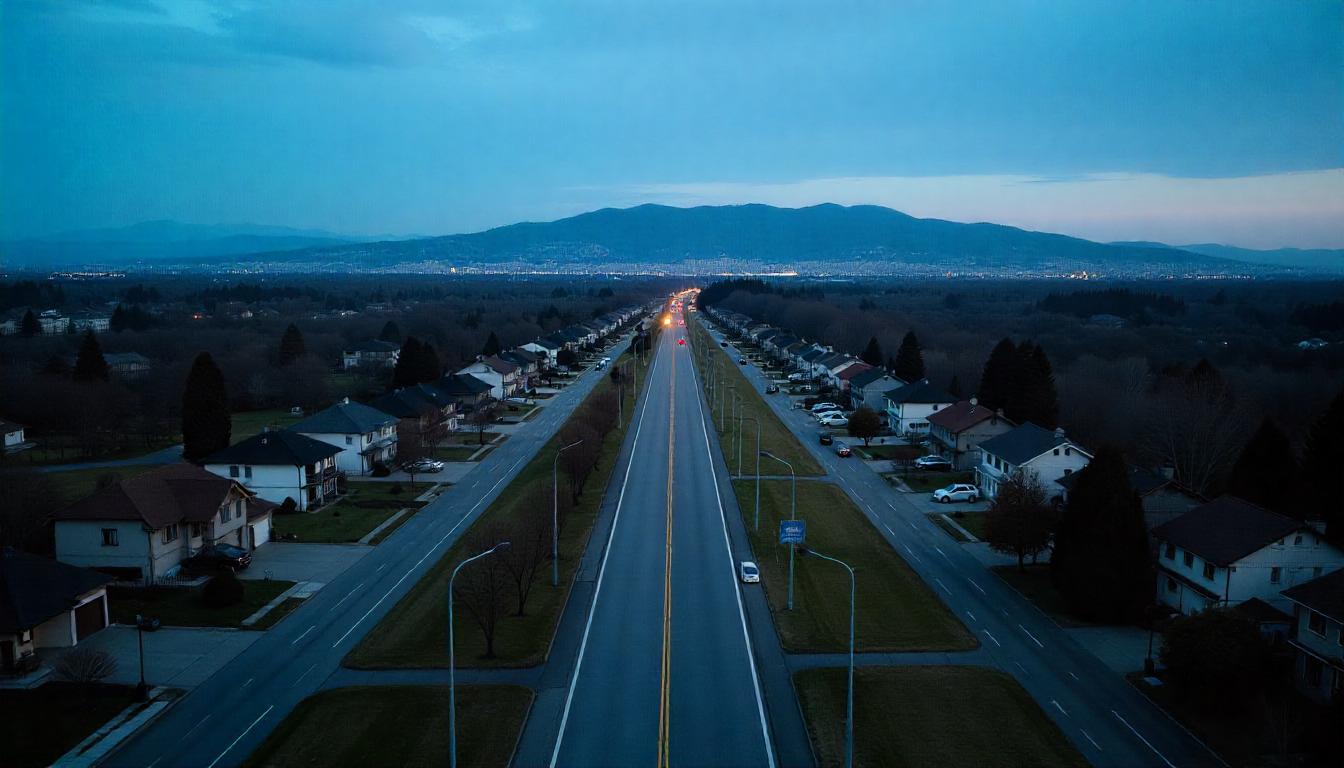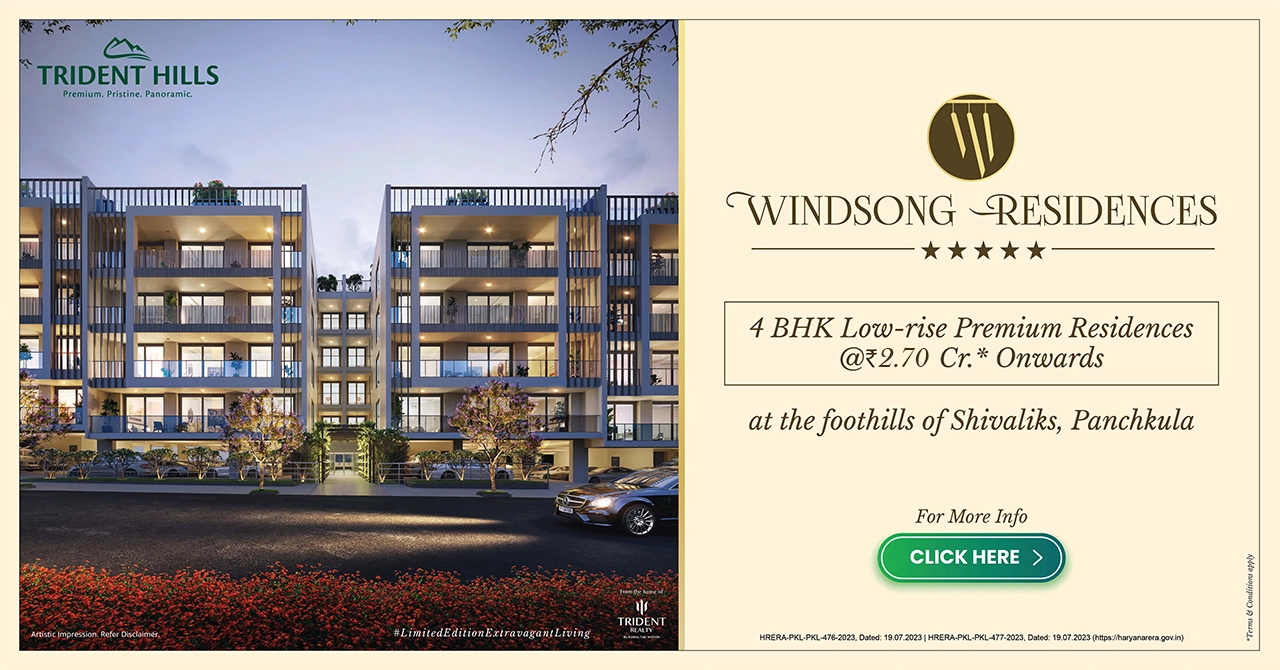
Smart Residential Design Trends in 2025: What Buyers Want
Walk through any new show flat this year and the shift is evident: homes aren’t just bigger or glossier—they’re smarter, greener, and built around real, everyday life. The modern Indian buyer is asking sharper questions: Will this layout flex for work and family? How much will I save on utilities? Is the developer trusted and transparent? Can my home age with my parents—and with me? The answers are shaping 2025’s most influential residential design trends across India’s top cities. Premiumisation is real: Across the top cities, new launches and sales have tilted toward premium and upper-premium budgets as buyers prioritise quality, amenities, and trusted brands. jll Prices are still rising: National commentary suggests continued price increases into 2025, led by premium and luxury segments. economictimes Bigger homes, better ventilation: Surveyed buyers repeatedly favour 3BHKs and larger layouts, with a ready preference for well-ventilated, light-filled spaces. ficci+1 Delivery discipline matters: High delivery pipelines and tighter documentation standards under RERA have reset expectations on transparency and timeliness. ibef+1 Together, these dynamics are nudging design towards flexible layouts, connected infrastructure, measurable sustainability, and community features that truly work. What buyers want: Dedicated work/study corners with acoustic separation. Convertible rooms (guest/office/yoga) using pocket doors or modular partitions. Wider balconies and cross-ventilated living-dining stacks for light, air and everyday wellness. Why it sells: A decisive tilt to 3BHKs in urban markets through 2024 shows bigger is better when it solves for hybrid work and family needs (FICCI–ANAROCK). Fresh, amenitised product from established brands continues to win trust (JLL India Q1 2025). What to design: 2.5BHK and 3BHK stacks with smart storage. Acoustic planning for work zones and bedrooms near noisy shafts. Balcony depth that supports seating and plants, not just a railing. economictimes Momentum: India’s smart home market is projected at roughly US$7–7.5 billion around 2024–2025 with a strong double‑digit CAGR through the decade. What to design-in: A “smart-ready shell”: mesh Wi‑Fi planning, extra conduits in low-voltage shafts, neutral hubs in utility spaces. Security by design: smart locks, video door phones, society-app integration, discreet camera provisions at the entrance and nursery. Energy control: occupancy sensors, smart switches, motorised shading, and appliance-level monitoring to trim bills. Interoperability: ensure systems work with retrofit smart switches and standard protocols so buyers can upgrade over time. Buyer benefit: Convenience, safety, and lower energy costs—without chasing walls for rewiring. Sustainability has matured into tangible performance. Buyers increasingly look past “green” as a label and ask what it does to the utility bill, the indoor air, and resale value. Two anchors guide design in 2025: Why it matters: Certified green residential buildings can deliver 20–30% energy savings and 30–50% water savings from day one, while improving daylight and indoor air quality (IGBC). What buyers notice: Water security: dual plumbing, greywater reuse, rainwater harvesting sized to local recharge norms, smart meters. Energy thrift: high-performance glazing, shading, efficient lifts/pumps, and roof readiness for solar. Clean air: low‑VOC finishes, ventilated kitchens/bathrooms, cross-ventilation geometry, and appropriate filtration. What developers should add: Transparent “sustainability dashboards” for water, energy, and waste at the society level. Clear articulation of expected savings based on rating targets (IGBC/GRIHA). igbc With one-quarter of Q1 2025 sales coming from new launches and buyers clustering around established brands, amenity programs are becoming sharper and more usable rather than just photogenic. What’s winning buyer approval: Everyday convenience: Parcel rooms with cold storage, app-based visitor and services access, pet-friendly areas, and co-working lounges that feel like extensions of the home (JLL) Wellness infrastructure: Outdoor fitness circuits, yoga decks, walking tracks, and micro-parks interspersed with shaded seating; demand for well-ventilated homes remains a top-cited need. Kid and elder-forward planning: Safe play routes, sensory gardens, quiet rooms, and lifts sized for stretchers signal genuine empathy for multigenerational living. Rental-ready design: As rents trend up in urban centres, investors prize layouts and finishes that minimise vacancy and maintenance friction. jll, ficci India’s senior population is expanding rapidly, and the senior living segment is set for multi-fold growth by 2030. aurumproptech+2 Design changes this spurs in mainstream residential: Barrier-free circulation: Step-free lobbies, wider corridors and doors, non-slip floors, and handrails in common areas support ageing-in-place, not just dedicated senior projects Health integration: Telemedicine rooms in clubhouses, on-call paramedic tie-ups, and emergency call points in lifts and corridors move from “nice-to-have” to “we-thought-of-this” Unit specs: Lever handles, reachable switches, anti-skid tiling, and provision for future grab bars preserve dignity and safety without eroding aesthetics Social programming: Senior lounges, hobby rooms, and intergenerational activity calendars build community bonds and reduce isolation This is not a niche anymore; it’s a core lens influencing master plans and tower cores in family-focused projects across Indian cities. Jll The rental story underpins investor interest. Surging urban rents in 2023–24 pulled more investors toward income-generating assets; in surveys, 57% of investor homebuyers cited rental income as a goal (FICCI–ANAROCK). Co-living continues to formalise the rental market for students and young professionals, with earlier analyses projecting multi-billion-dollar growth and millions of beds by 2025 across the top cities. ibef+2 Design responses that matter: Durable finishes and wet-area detailing to minimise downtime between tenancies. Storage-smart compact bedrooms that suit roommate living without crowding. Amenity zoning that supports quiet study, high-speed internet, and last-mile mobility docking. Even for end-use buyers, these features protect exit and leasing options in a dynamic job market. ficci RERA continues to shape buyer expectations for transparency and delivery. Recent regulatory moves include: Mandatory clarity on parking allotments and details in sale agreements and allotment letters. rprealtyplus Crackdowns on documentation non-compliance in UP-RERA, including placing non-compliant projects in abeyance. rprealtyplus What this means at the drawing board: Dimensioned and numbered parking plans are included in sales packs and digital portals. Transparent disclosure of built-up calculations, carpet areas, loading, and phasing is promised. Construction quality assurance plans and milestone-linked tracking are visible to buyers. Design teams that embed compliance and documentation standards early make sales smoother and customer trust stronger. rprealtyplus While modern life is increasingly digital, Indian buyers still seek homes that “feel right.” That translates to: Air and light first: Well-ventilated layouts have climbed to the top tier of buyer demands. ficci Vastu-aligned practicality: Orientation for light and airflow, placing kitchens and bedrooms in conducive zones, and ensuring uncluttered entry axes—all while integrating smart tech—remain common asks in many metros. kaarwan Designers increasingly reconcile Vastu principles with green and smart imperatives—using automated shading, optimised daylighting, and cross-ventilation to serve both belief and performance (Kaarwan). Price momentum has been the steepest where infrastructure is creating new growth corridors—metros, expressways, and suburban nodes. Market commentary through 2024–25 shows premium and luxury segments outpacing the rest. knightfrank+2 Design implication: For buyers, that means design longevity matters: plan for EV charging, remote work, elder care, and smart retrofits that keep a home relevant for a decade or more. statista A buyer’s 2025 design checklist Space and flexibility: Look for a proper work zone, a convertible room, expansive balconies, and cross-ventilated layouts Smart-ready shell: Mesh Wi‑Fi planning, smart lock/video door phone, energy management wiring, and interoperable systems Green performance: Ask for IGBC/GRIHA pathway, dual plumbing and rainwater harvesting, and expected savings benchmarks—20–30% energy, 30–50% water Senior-inclusive features: Step-free common areas, wider doors, non-slip floors, and emergency response points Useful amenities: Parcel/cold rooms, co‑working, pet zones, outdoor fitness, and professional association management RERA transparency: Parking plans in agreements, clear carpet area disclosures, and milestone-linked updates Right-size with flexibility: Offer 3BHK-led stacks with a smartly planned 2.5BHK option; integrate acoustic separation and storage to make compact spaces work harder. Engineer for operations: Metering, BMS light, and society apps that manage access, amenities, and payments support both liveability and data-driven maintenance Water first: Invest in reuse systems sized to occupancy, with digital monitoring to communicate savings; it’s a decisive trust-builder in water-stressed metros. Senior-inclusive by default: Accessible cores, lighting contrasts, and handrail logic across lobbies pay back in absorption and reputation. Document like a pro: Close the loop on parking, area statements, and digitised approvals from day one to align with RERA expectations Price for momentum: Use phase-wise premiuming in micromarkets with visible infrastructure progress to maintain healthy cash flows and buyer confidence India’s residential market in 2025 blends aspiration with pragmatism. Buyers want homes that work harder—flexible space for hybrid lives, intelligent systems that simplify and secure, green features that cut bills and improve health, accessibility that respects every generation, and transparent delivery from trusted brands. For developers, the winning formula is simple: design for how people live today—and how they’ll live tomorrow.What’s driving Indian homebuyers in 2025
Trend 1: Larger, more flexible layouts
Trend 2: Smart home adoption goes mainstream
Trend 3: Green design that proves it on bills and comfort
Trend 4: Amenitized communities that serve everyday life
Trend 5: Senior living moves centre stage
Trend 6: Design for rental viability and co-living spillovers
Trend 7: RERA-era clarity by design
Trend 8: Wellness, light, and Vastu-conscious planning
Trend 9: Infrastructure-led micro-markets and the premium arc
What’s happening:
With absorption of high-quality inventory tightening supply, developers launch subsequent phases at premiums, reinforcing a “buy-early” narrative in credible projects. A developer’s 2025 playbook
The bottom line









